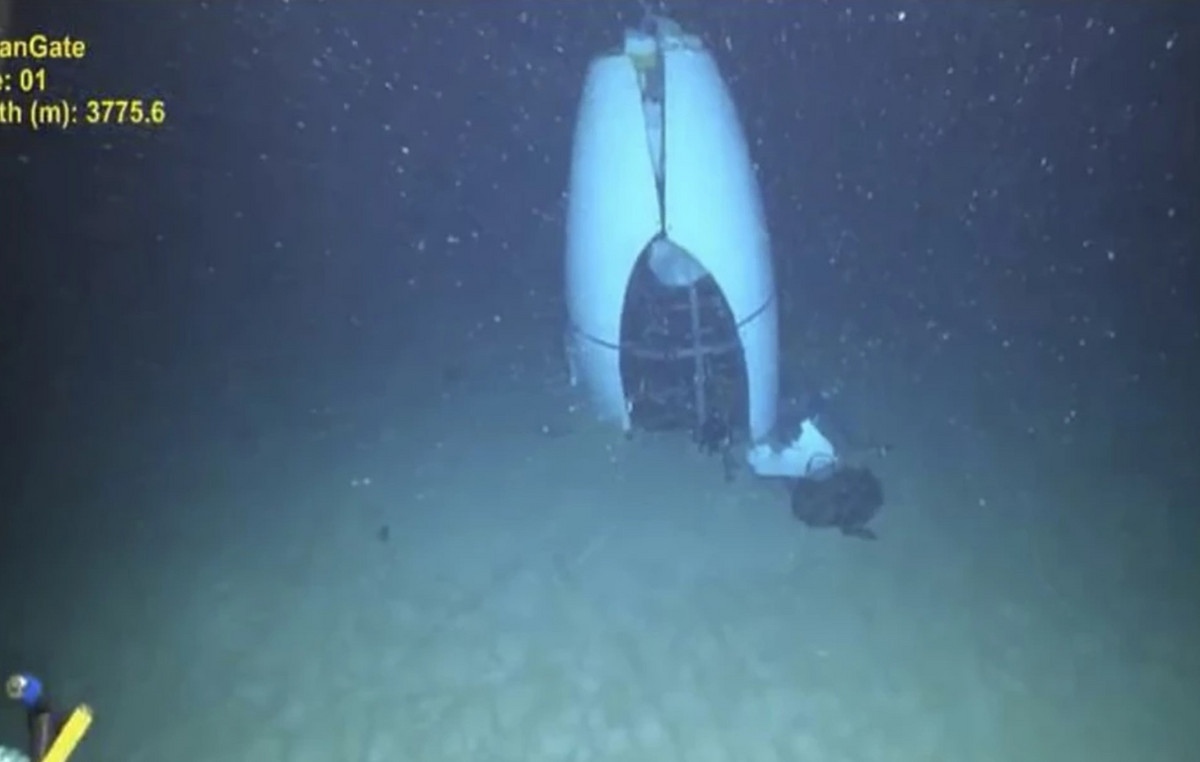NASA's Perseverance rover has gathered data confirming the existence of ancient lake sediments deposited by water that once filled a giant basin on Mars called Jerezo Crater, according to a study published Friday.
The findings from ground-penetrating radar observations conducted by the robotic rover substantiate previous orbital images and other data that lead scientists to theorize that parts of Mars were once covered in water and may have harbored microbial life.
The research, led by teams from the University of California at Los Angeles (Ucla) and the University of Oslo, was published in the journal Science Advances.
The study was based on subsurface scans taken by the car-sized, six-wheeled rover over several months in 2022 as it traversed the Martian surface from the crater floor to an adjacent expanse of similar braided sedimentary features, from orbit, the river deltas found on Earth.
See also: Japan becomes fifth country to put vehicle on the moon
Soundings from the rover's RIMFAX radar instrument allowed scientists to peer underground to get a cross-sectional view of rock layers 20 meters deep, “almost like looking at a roadblock,” said UCLA planetary scientist David Paige, the first author of the study.
These layers provide unequivocal evidence that waterborne soil sediments were deposited in the Jerezo crater and its delta from a river that fed it, much like lakes on Earth.
The findings reinforced what previous studies had long suggested – that cold, barren and lifeless Mars was once warm, wet and perhaps habitable.

Scientists look forward to an up-close examination of Jerezo's sediments – thought to have been formed about 3 billion years ago – in samples collected by Perseverance for future transport to Earth.
However, the latest study is welcome validation that scientists have undertaken their geobiological effort on Mars in the right place on the planet after all.
Remote analysis of the first samples drilled by Perseverance in four locations close to where it landed in February 2021 surprised researchers by revealing rock of a volcanic nature, rather than sedimentary, as expected.
The two studies are not contradictory. Even the volcanic rocks showed signs of alteration due to exposure to water, and scientists who published these findings in August 2022 then argued that the sedimentary deposits may have been eroded.
In fact, RIMFAX radar readings released Friday found signs of erosion before and after the formation of identified sedimentary layers on the crater's western rim, evidence of a complex geological history there, Paige said.
“There were volcanic rocks that we landed on,” Paige said. “The real news here is that we've now driven into the delta and we're seeing evidence of these lake sediments, which is one of the main reasons we came to this location. So it’s a happy story in that respect.”
(Editing by Will Dunham and Kim Coghill)
Source: CNN Brasil
Bruce Belcher is a seasoned author with over 5 years of experience in world news. He writes for online news websites and provides in-depth analysis on the world stock market. Bruce is known for his insightful perspectives and commitment to keeping the public informed.







